A Peek inside the Envelope
Sol Stein, the famous editor, author, and writing instructor, has a very short chapter in his classic book Stein on Writing that he calls “Creating the Envelope.” As I looked through my numerous books on writing craft, I drifted toward his book (which happens a lot), and was reminded again of the best advice to give writers regarding setting details.
I spoke last time of exploring your character’s feelings and responses to setting, to make setting personal and dynamic in your novel, as well as to give it heart. There’s nothing more boring in a novel than a paragraph of dry narrative to describe each new place your character finds himself in (well, it’s up there with trite dialog). But this week I want to talk about boiling down the essence of a locale or setting in a scene, and Stein’s “envelope” really is the best way to do it.
Here’s what he says: “Writing fiction is a delicate balance, On the one hand, so much inexperienced writing suffers from generalities. The writer is urged to be specific, particular, concrete. At the same time, when the inexperienced writer gives the reader detail on character, clothing, settings, and actions, he tends to give us a surfeit, robbing the reader of one of the great pleasures of reading, exercising the imagination. My advice on achieving a balance is to . . . err on the side of too little rather than too much. For the reader’s imagination, less is more.”
Less Really Is More
I’ve often said this very phrase to my editing clients, and I really believe it’s true—not just in description but in just about every aspect and element in a novel. Less spoken, more implied. Less shown, more left up to the imagination.
Go ahead and freewrite a page or two about a new setting your character has entered. Maybe she’s just stepped out of an airport terminal in a foreign country. Play with her immediate reactions, the smells and sounds that trigger memories and make impressions. Describe everything and everyone she sees until you have the whole picture before you. To Stein, that would be stuffing the envelope—to overflowing. and that’s a great exercise to do to get your visual camera up and running.
Sometimes if you close your eyes and picture your setting as if you are your character sitting on a bench or chair or some appropriate seating, you can just wait and watch things happen. You may start to hear people speak and birds call out. You may start seeing little details, like the bits of grass growing up in the cracks in the sidewalk and the way old tree roots have pushed up the concrete and made an abandoned child’s tricycle sit at a funny angle.
But once you are done exploring your setting, you want to look through all those little bits in that envelope that you’ve dumped out on the table and just pick one or two things that stand out. Stein says, “I have sometimes described the reader’s experience to students as an envelope. It is a mistake to fill the envelope with so much detail that little or nothing is left to the reader’s imagination. The writer’s job is to fill the envelope with just enough to trigger the reader’s imagination.”
Some Bits of Setting
I thumbed through some novels I love, and here are some little bits of setting the authors give us:
- “Harold’s place looked much like ours, flat as flat, though the house was more Victorian in style, with sunrise gable finishes and a big porch swing in front. Harold didn’t have as much land as my father, but he farmed it efficiently.” (Jane Smiley, A Thousand Acres) From that brief description she moves on to an event that took place involving Harold and his farm. You notice she only used two sentences to evoke the setting, and since the reader already knows much about her story-teller’s farm, just saying his place looked “much like ours” except for a couple of small differences is enough to set the stage.
- “Leaphorn noticed it immediately—the cold, stagnant air of abandoned places. He was standing beside Thatcher when Thatcher unlocked the door to the apartment of Dr. Friedman-Barnal and pushed it open. The trapped air flowed outward into Leaphorn’s sensitive nostrils. he sensed dust in it, and all that mixture of smells which humans leave behind them when they go away. The park Service calls such apartments TPH, temporary personnel housing. At Chaco, six of them were build into an L-shaped frame structure on a concrete slab–part of a complex that included maintenance and storage buildings . . . a line of eight frame bungalows backed against the low cliff of Chaco Mesa.” (Tony Hillerman, A Thief of Time) From there, Hillerman’s characters enter and the scene begins, but the setting has been nicely established in just those few short lines, giving the reader a clear sense of the place, yet allowing for the reader to use much imagination to picture the details.
- ” . . . And then we fell out of the sky and into the verdant fields north of Sacramento. Stunning. absolutely stunning, the vastness of a world so intense with growth and birth, in the season of life between the dormant winter and the baking heat of summer. Vast, rolling hills covered with newly sprung grass and great swaths of wildflowers. Men working the land in their tractors, churning the soil, releasing a heady brew of smells: moisture and decay, fertilizer and diesel fumes.” (Garth Stein, The Art of Racing in the Rain) That’s pretty much all Enzo the dog tells us about his first impression of Sacramento, and of course you’d expect a dog to particularly notice both the smells of the area and all the wide-open spaces in which he’d love to run. Next week I’ll talk about that very thing—making setting personal to your character, which is the best way to bring setting out in your novel.
This week, think about establishing setting the way Sol Stein encourages—by just putting a few little bits in the envelope and letting the reader use her imagination to supply the rest. Go through a scene or two that you’ve written and take a look at your description of setting. See if you can cut it down and leave just a line or two (rewrite if necessary) that gives not only the essence of your setting but is felt by your character. Chop out any unattached narrative (meaning it isn’t being observed and filtered by your POV character). Set that material aside, and if you feel there’s something in there that needs to be in your novel, find another place in which to put it, and reveal those details through the eyes of your character. If you’re feeling particularly ambitious, you can go also through your whole novel and highlight your passages of dry narrative to go through later with this same process. Share how you felt about doing this!

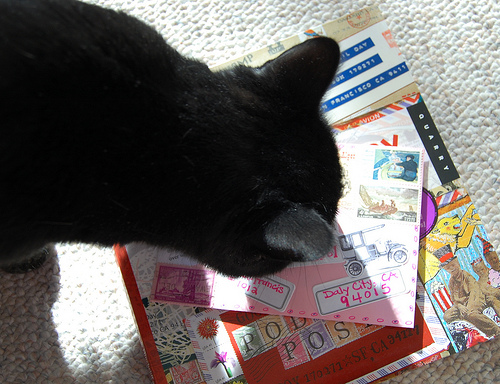

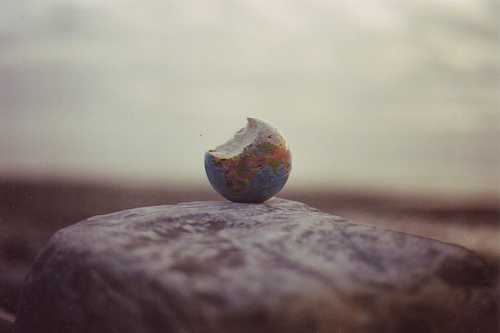


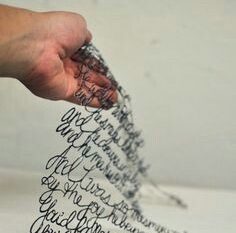
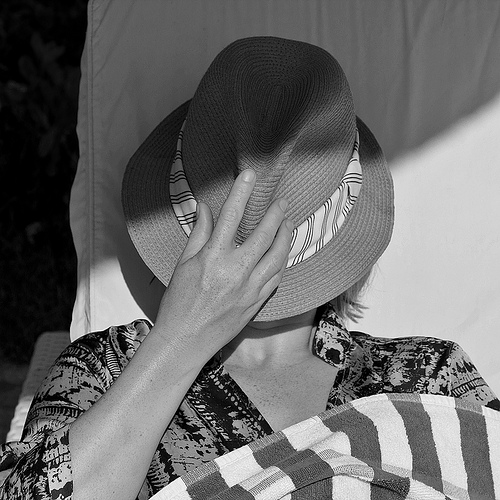



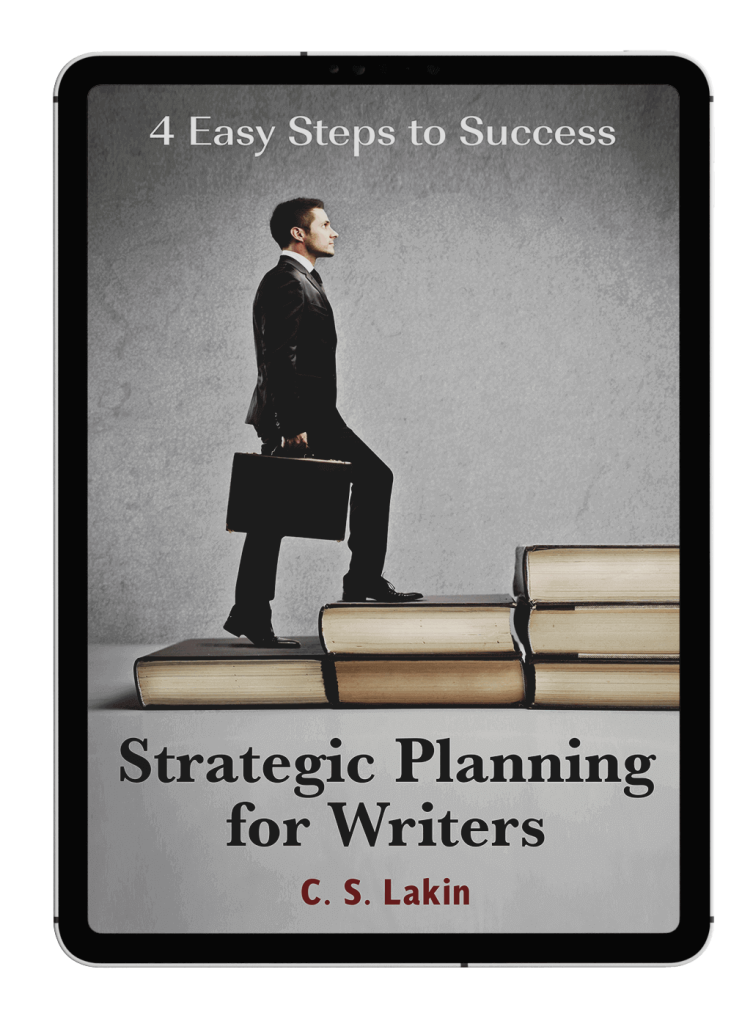
Excellent advice as ever. I’ll go and look at my descriptions and see if I can prune them a bit!
I have the opposite problem. My story is too bare on the setting details, I’ve had to go back and add more. In some places, I had no setting at all. (eeek!) I do like the idea of the envelope. I need to read Stein’s book.
Suzanne – I made my way here from the “Less is More” post in the Writers Network, and I love the image of the envelope. I have been listening to Steinbeck’s “In Dubious Battle.” and the way he can evoke vivid images, such as his description of Joy, with such an economy of words… I never thought to paint the picture, but then return and pluck the few gems from the mix. Great piece! Thank you!
This is really good advice. In my opinion, the question of how much to put in depends on why you are putting it in. I try to put in enough to get an emotional response, or enough to ensure that what follows makes sense (important for action scenes – the reader needs to know what problems the protagonist faces before he/she finds a solution) but over description merely leads to the reader starting to skim, and that is bad writing.
I have never given my readers the option to imagine for themselves. I am seeing things differently after reading this article and the folllowups. I can think of a half dozen posts that I need to minimize the descriptives. (that’s just the beginning). Thank you!
If a reader tells me “I could see it clearly in my mind while I was reading” I believe it’s because less IS more when you’re describing a scene. The reader’s imagination will fill in the necessaries and they will feel oriented in the scene. One or two significant details that build the world in which your character resides is all it takes.
My goal for my writing is to create crisp and to the point setting descriptions like this. Thanks for introducing me to the envelope!